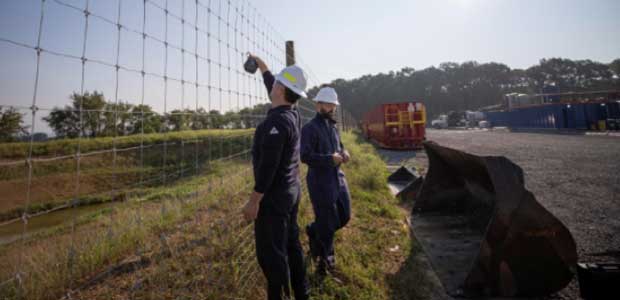
Here is a list of 10 must-haves of in an area-monitoring solution for a successful gas detection program.

A Montana study has found a link between intense wildfire seasons and a high number of flu cases.
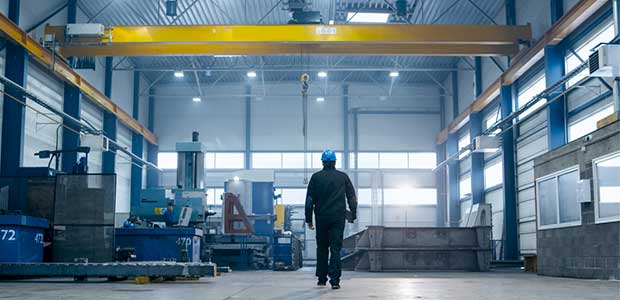
Technological advancements in monitoring methods—especially personal monitoring equipment—have presented unintended possibilities for aiding in the fight against COVID-19 in the workplace.

Did you know that the ANSI/ASSP Z10.0 Standard provides a framework for OHS management and industrial hygiene? Here are some tips on how to leverage this standard to better safeguard your workers.

The oil and gas industry is an inherently hazardous business.

OHS practitioners must expand their knowledge and programs to account for industrial hygiene.
OEHS professionals offer free educational guide and resources for emergency responders.
On-duty firefighters have an increased risk of experiencing exposure to PAHs, which are a family of chemicals known for their potential to cause cancer.
At production sites, workers often interact with production processes and equipment such as pumps, furnaces and others. These pose numerous HSE hazards and a lack of basic understanding of their operations could lead to mishaps—sometimes with major consequence.
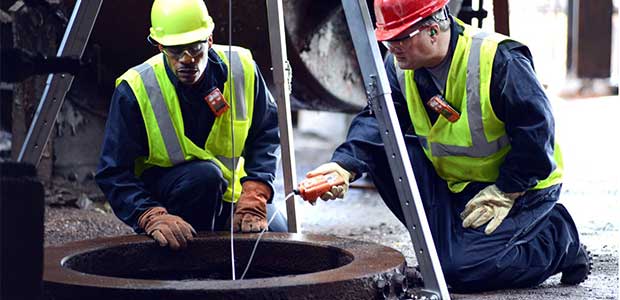
Wireless gas detectors are changing the way we work in confined spaces.
At the Virtual AIHce EXP 2020, the American Industrial Hygiene Association unveiled that its brand evolution—titled simply AIHA—will now be tailored to help specifically occupational health and safety science professionals, rather than industrial hygienists. Read the press release below.
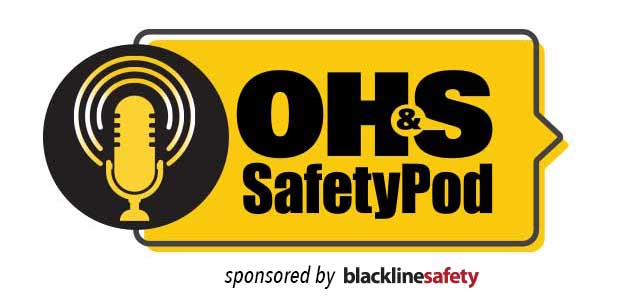
Episode 13
Your pressing questions about AIHce 2020: Virtual asked in this special episode with American Industrial Hygiene Association CEO Larry Sloan.

Keeping workers healthy with vigilance and common sense.
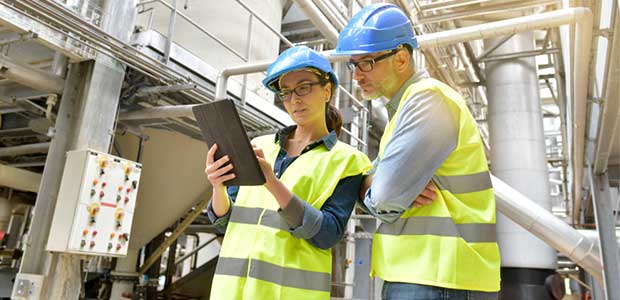
Industrial hygiene is crucial for controlling chemical hazards by enacting deliberate and systematic protective measures.
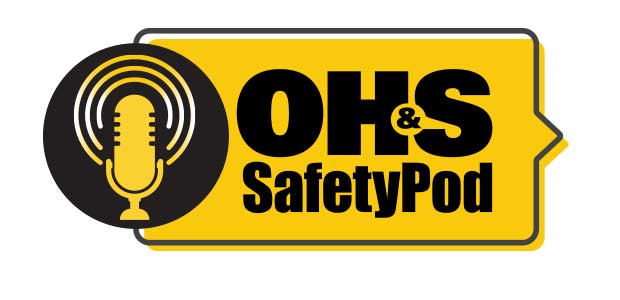
Episode 12
ASSP President-Elect Deborah Roy answers the most frequently asked questions about the COVID-19 pandemic with OH&S Editor Sydny Shepard.
Occupational health and safety (industrial hygiene) experts clarify misinformation on PPE, ventilation and disinfection in relation to COVID-19.
The American Industrial Hygiene Conference and Expo for 2020 just announced it is moving to be completely virtual and online this year.
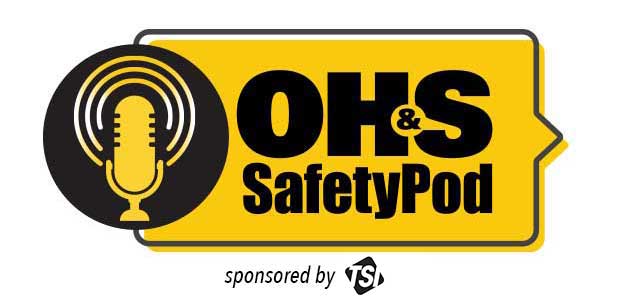
Episode 9
OH&S Content Editor Amanda Smiley gives an update on the COVID-19 pandemic and sits down with Greg Olson, a Sr. Product Specialist for Industrial Hygiene and Respiratory Protection at TSI, to discuss proper fit testing amid the Coronavirus crisis.

Episode 8
OH&S Editors Sydny Shepard and Amanda Smiley discuss the newest updates related to the Coronavirus, or COVID-19.
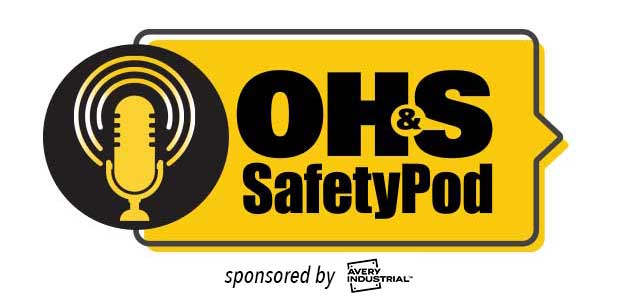
Episode 3
Follow along as OH&S editors Sydny Shepard and Amanda Smiley discuss the top three safety trends of 2019 sponsored by Avery Industrial.